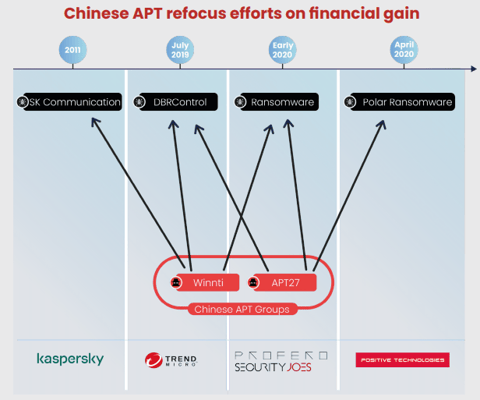July 23, 2020 • Ofir Ashman
Analysis: New Android Malware Steals Victim Data From 300+ Apps
3Min read
•
android,
Cybersecurity,
data breach,
malware,
password stealing,
threat intelligence,
endpoints,
data theft,
lokibot,
network security,
information security,
infosec,
blackrock,
C&C server,
endpoint security



